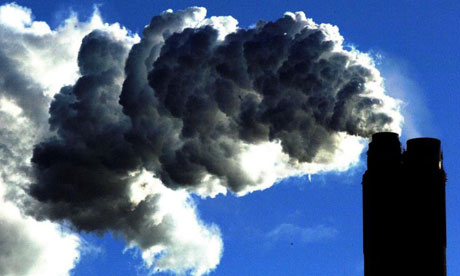Featured post
More patients in Scotland given antidepressants
More patients in Scotland given antidepressants 13 October 2015 From the section Scotland Image copyright Thinkstock Image ca...

-
Murder and persecution of women and children accused of being witches is spreading around the world and destroying the lives of millions ...
-
Final day reveals cross surprise By Jemima Laing BBC Devon Alistair Courtney, archaeological student at City College Plymout...
-
Victims of a craze for cosmetic surgery By Stephen Evans BBC News, Seoul Continue reading the main story In today's Magazine ...

